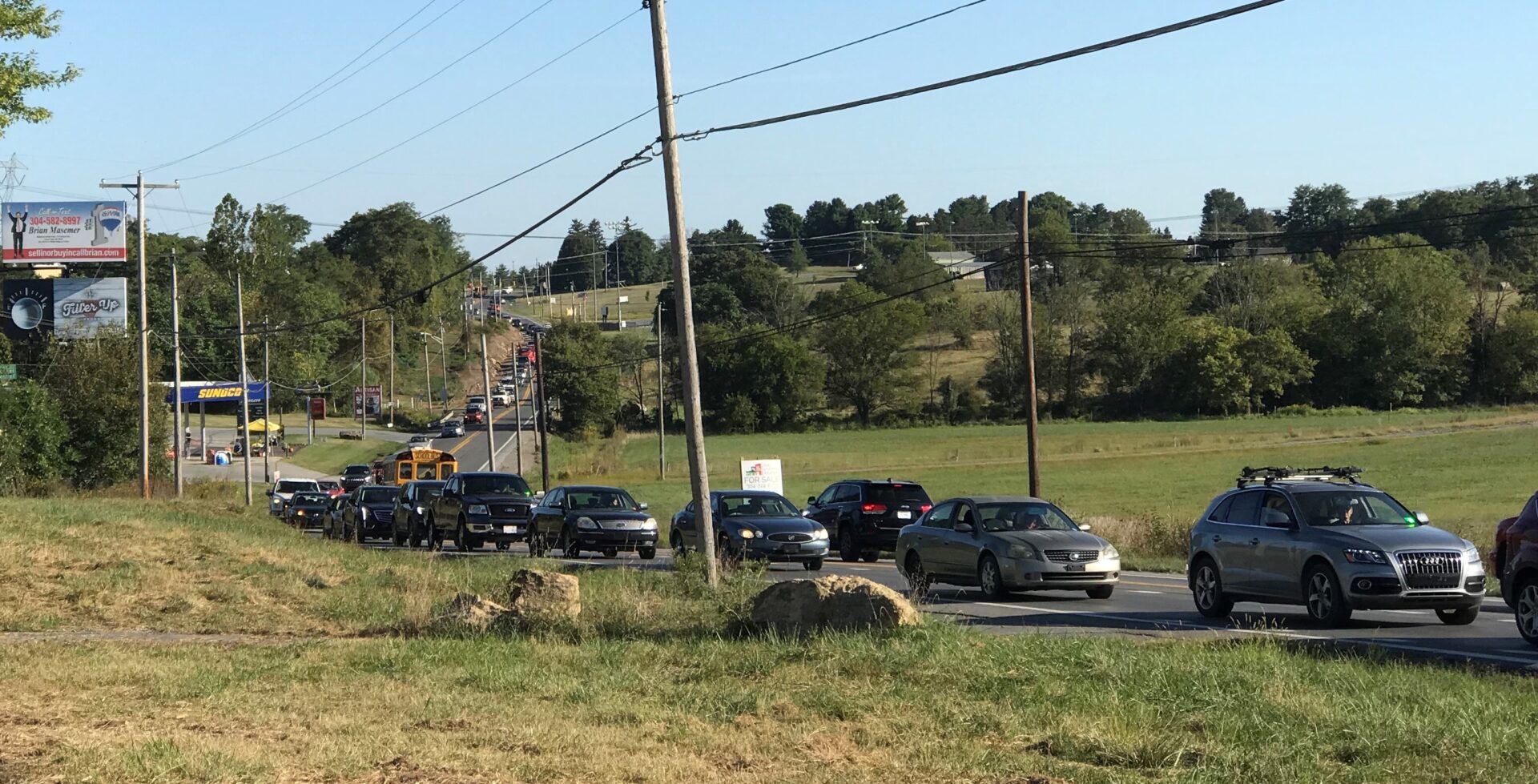West Virginia Gov. Jim Justice is warning of disastrous consequences if coronavirus cases spike as he sets up the most aggressive phase of his reopening plan around Memorial Day weekend.
The Republican governor on Tuesday said the state must continue lifting restrictions on businesses but offered grim predictions if the state saw a second wave of virus cases.
“West Virginia, the most vulnerable of all states — the most elderly, the most chronic diseases — the most vulnerable of all states has pitched a perfect game so far. But yet when this thing snaps back, if it does, it can really, really hurt us,” he said.
Justice has earmarked May 21 as a reopening day for restaurants, big-box stores, outdoor recreational rental businesses and the state’s famous Hatfield-McCoy Trails. Campgrounds and lodges will also reopen the same day but only for West Virginia residents.
Restaurants, which have been allowed to seat customers outdoors, will operate at half-capacity and are required to follow social distancing guidelines as part of the plan to continue reopening next week, just before the start of Memorial Day weekend.
The governor, who had previously slowed his reopening strategy so officials could observe the state’s caseload, said West Virginia had its lowest number of new positives since the virus began with six recorded cases on Monday.
“Everything tells us we can move more and more towards giving you more freedoms back and more of a normalcy, but I would only ask and plead with you to know that this thing can whiplash back on us and if it does in West Virginia it will be bad,” he said.
The governor has already let hospitals resume elective procedures and allowed the reopening of drive-in theaters, physical therapy centers, small businesses and barbershops.
His reopening plan hinges on having the state’s positive test rate remain under 3% for three days, reversing a previous goal of having cases decline for two weeks. The two-week criteria was previously endorsed by the White House and Clay Marsh, a West Virginia University official leading the state’s virus response.
Marsh now says the state has enough downward trend lines to allow for restrictions to be lifted. He has acknowledged that it would take a severe outbreak for the state’s positive case rate to rise high enough to pause the reopening.
The Justice administration has never explained why it switched from the two-week benchmark to the three-day standard. State officials have not given clear figures on what kinds of testing capacity and safety equipment inventory they want to have as part of the reopening strategy.
At least 57 people in the state have died from the virus and around 1,400 have tested positive, according to state health data.
